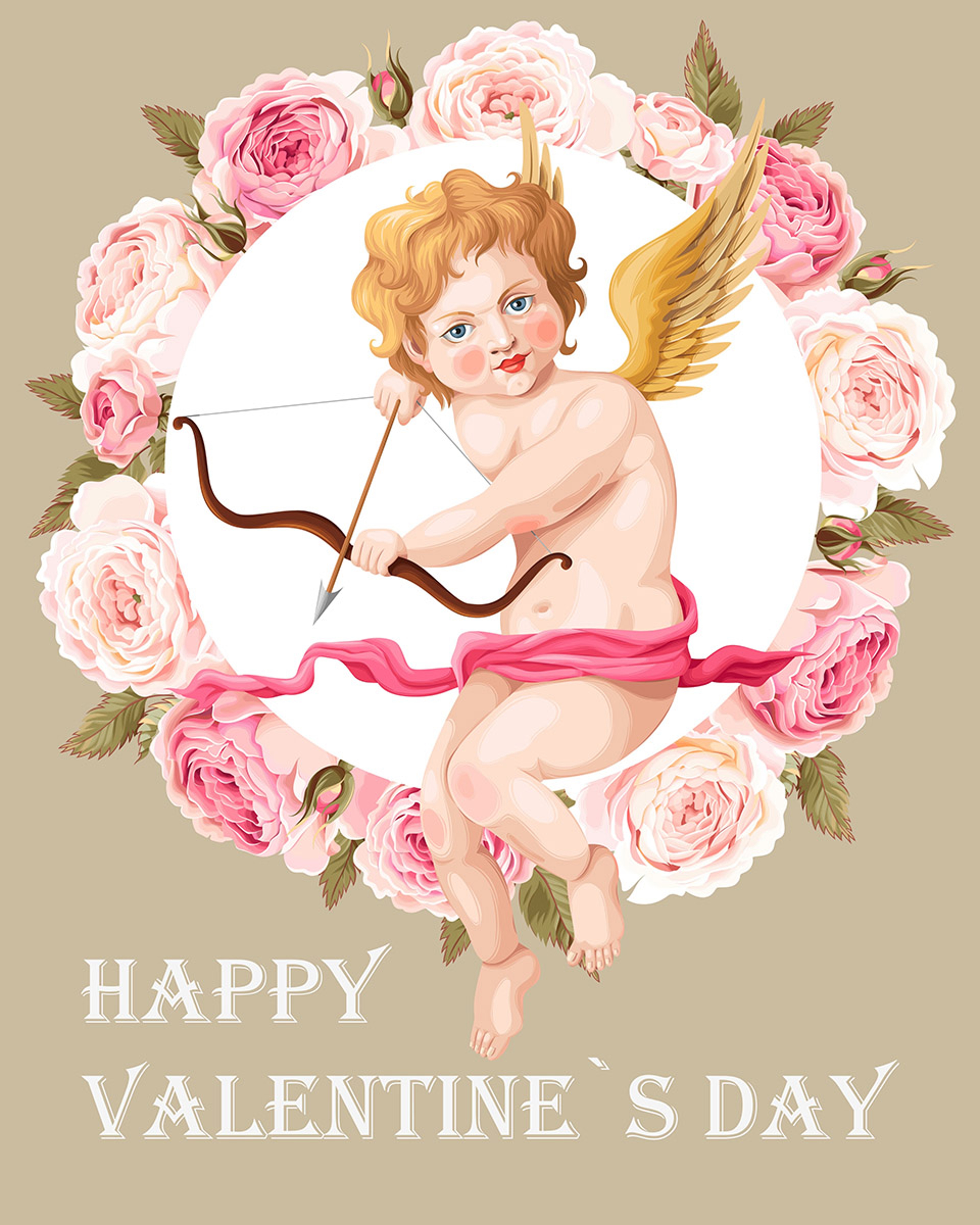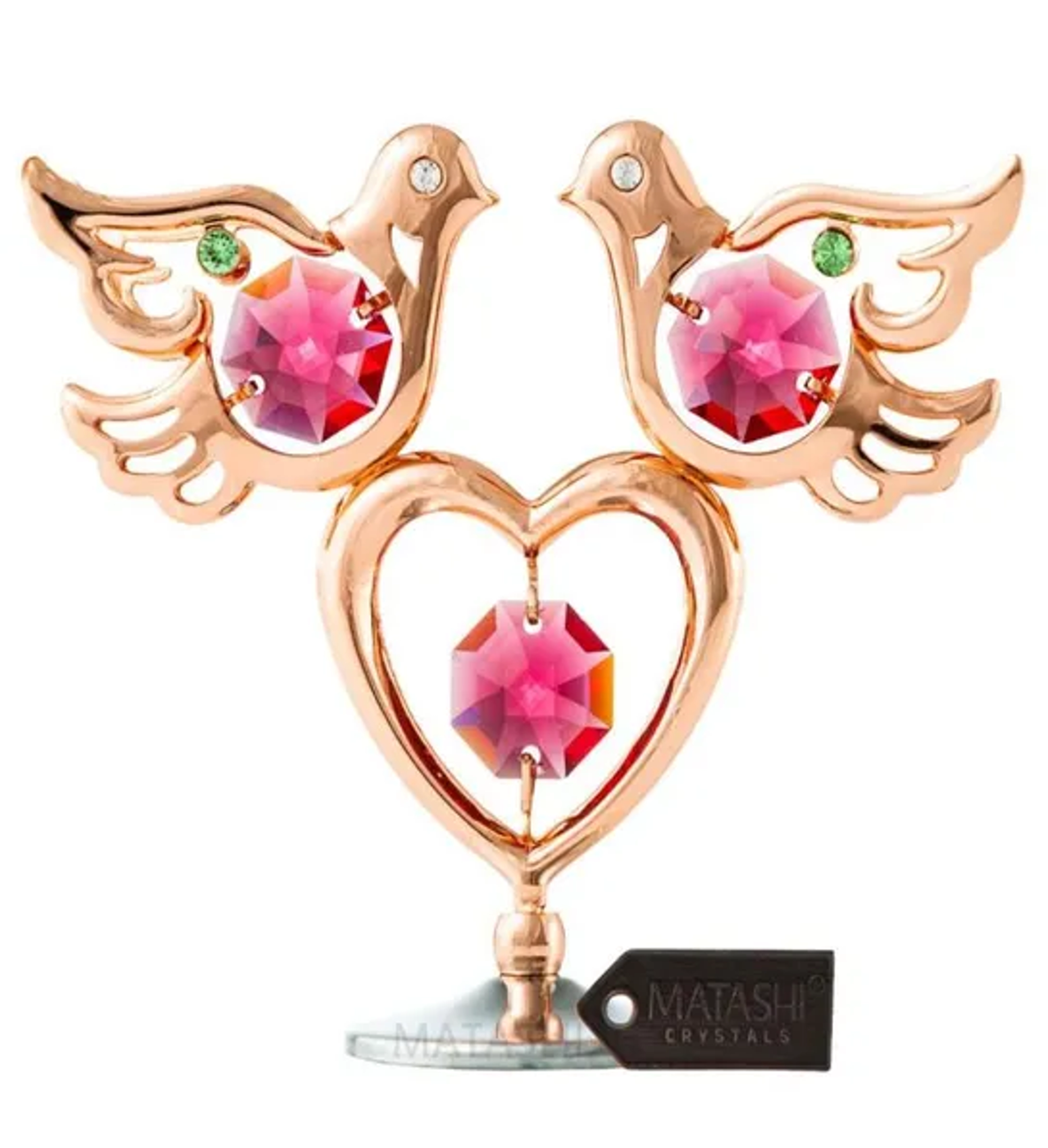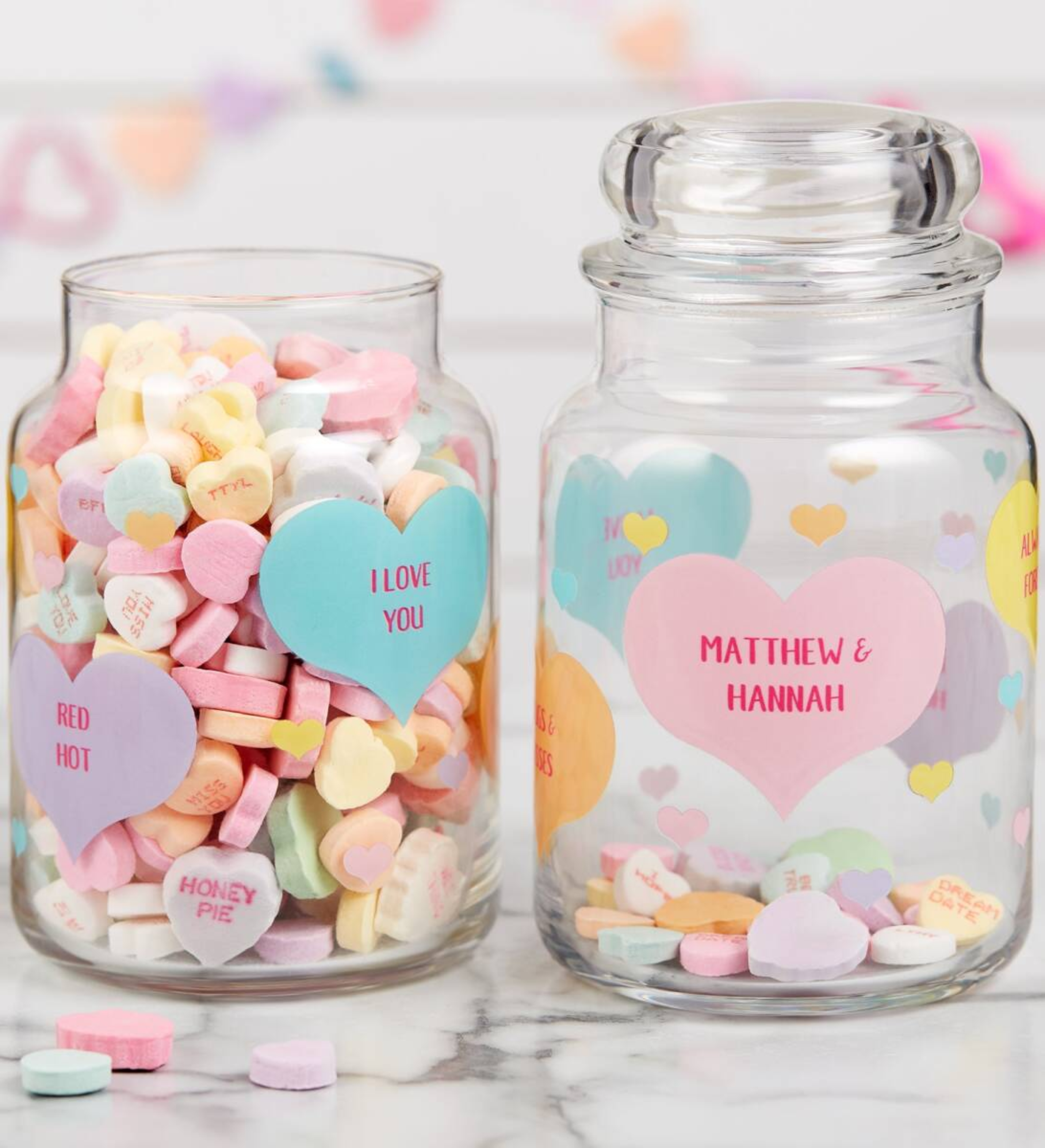Valentine's Day Symbols: Origins, Meanings, and Significance
How hearts, arrows, roses, and more came to reflect the holiday of love.
Dec 02, 2025
Valentine's Day is nigh, and soon we'll be awash in cupids and hearts, and all things red, pink, white, and frilly. Romantics the world over relish this day dedicated to love through the gifting of flowers, Valentine's Day candy and other keepsakes. The fact that it's a nationally recognized “cheat day," where the consumption of sweets is highly encouraged, is simply a bonus.
But how did hearts, arrows, and roses come to reflect Valentine's Day in the first place? Let's explore the origins and meanings of these and other Valentine's Day symbols, which are as varied as a heart-shaped box of assorted chocolates.
Origin and meaning of 8 Valentine's Day symbols
1. Handmade notes and cards

The history of Valentine's Day dates to ancient times; however, it was first declared a celebration of romantic love in 15th century France. It's no surprise, then, that one of the earliest Valentine letters was written in 1415 by the imprisoned French Duke of Orleans to his bride, Isabella, expressing his love for his “gentle valentine." Other surviving notes of this period reference love and valentines in tandem, but it wasn't until the 18th century that presenting handmade notes to romantic partners became a widespread means of marking the occasion.
The Victorians stepped up the Valentine's game even further by creating ornate handmade cards embellished with hearts, cupids, ribbons, bows, and other flourishes. This tradition endured until the Industrial Revolution and the advent of printing technologies resulted in the proliferation of mass-produced cards. Commercial card manufacturer Hallmark printed its first Valentine's Day card in 1913, and the rest, as they say, is history.
2. The heart

Theories abound over how the heart symbol — a universally recognized icon of love — came to be. Aristotle posited that the heart is the container of human passions. He also believed, erroneously, that the human heart contained three chambers — a left, right, and middle — and this may have led to misinterpreted renderings of its shape that resulted in the symbol we know today.
A more plausible theory, however, centers on a long-extinct herb called silphium, whose seed pod shape consisted of two rounded adjoining tops that curved to form a single point at the base of the stem. Ancient Romans harvested the plant, which they used for its medicinal properties as well as a method of contraception; the herb — and its shape — thereby became associated with fertility, which, reinterpreted over time, evolved as a symbol of love.
3. Cupid, and his bow and arrow

Walk through any art museum in the world, and you're likely to find sculptures and paintings that feature Cupid, the Roman god of love, whose lore originated in Greek mythology as Eros, the god of love and desire. While Eros was oft depicted as a potent young adult male, Cupid emerged during the Renaissance as a cherubic, flush-faced infant with wings and tousled hair. It's this little guy — a bow and arrow-filled satchel slung over his shoulder — who continues to get top billing on Valentine's Day.
A hopeful and sometimes mischievous matchmaker, Cupid shoots his arrow at the intended couple; the pierce rouses love and passion between the pair, leading to a lifelong relationship. So, when people are said to have been “shot by Cupid's arrow," it means they have fallen in love.
4. Doves

A quintessential emblem of peace, the dove is also a symbol of romantic love and monogamy thanks, in part, to its habit of mating with only one partner in a season. Male doves actively participate in the caring of the couple's offspring, which has built them a rep for being loyal and devoted helpmates. Aphrodite and Venus, the goddesses of love in Greek and Roman mythology, respectively, were often portrayed in the company of doves, which further affirms the bird's standing as an appropriate Valentine's Day motif.
5. Red, pink, and white roses

As with many other Valentine's Day icons, the red rose can be traced back to the goddesses of love, Aphrodite and Venus. According to Greek mythology, roses grew from the ground sprinkled with Aphrodite's tears that merged with the blood of her lover, Adonis, who died in her arms. Traditionally, red signifies passion and desire, which is why red roses are also one of the most popular Valentine's Day blooms.
Pink represents love of the self and others, as well as friendship, whereas white represents purity and innocence — all qualities linked to love and desire. To be clear, there's no wrong color when it comes to Valentine's Day roses — and no wrong flower, for that matter — so don't be shy if you'd prefer to send your significant other a more colorful bouquet.
6. Knots

Knots have enjoyed symbolic significance for centuries in both pagan and religious ceremonies across cultures. The phrase “tying the knot" was coined from the ancient ritual of handfasting, wherein a couple's hands were bound together in braided cloth, or knots, during marriage and betrothal ceremonies. The “binding" of the couple together through knots represented their lifelong commitment to each other. Today, knots and bows on Valentine's cards and candy boxes pay homage to this early custom.
7. Chocolate

A heart-shaped box of chocolate is to Valentine's Day what eggnog is to Christmas — they are both wildly popular and you rarely see them at any other time of year.
Unlike some other traditions that date back thousands of years, the gifting of chocolate at Valentine's Day originated in the Victorian era thanks to none other than Richard Cadbury, of the Cadbury chocolate empire. In the 1840s, the Cadbury company honed its chocolate manufacturing skills to a science, prompting an increase in chocolate production for everyday consumption — a relatively new concept at the time. A marketing genius ahead of his time, Cadbury designed aesthetically pleasing boxes in which to package and sell the delicious confections.
The scheme worked. Soon, the heart-shaped box, which Cadbury is believed to have invented, came into being for Valentine's Day. Because the boxes were so beautifully adorned, consumers were encouraged to keep theirs long after the candy was gone as containers in which to preserve love notes and special keepsakes. Today, Victorian-era Cadbury boxes are a collectible.
8. Candy hearts

Speaking of candy, no article about Valentine's Day symbols would be complete without a mention of those pastel-colored, sugary-sweet chalky conversation hearts. Embossed with syrupy phrases like “Be mine," “Kiss me," and “You shine," this candy developed as the unintended product of a plan to invent a new throat lozenge.
In 1847, Boston pharmacist Oliver Chase, looking for a more efficient way to manufacture lozenges, developed new technology to mass-produce lozenge dough into wafers. Seeing the opportunity to do something bigger — and potentially more lucrative — Chase instead launched the New England Confectionary Company and began producing the wafers as a sweet treat. Chase's brother, Daniel, recognized a growing trend in Valentine's cards and soon figured out a way to print messages on the wafer candies. A few years later, the company began cutting the wafers into heart shapes. As the company grew, the size of the candy wafer shrunk, but it still leads the way as one of the most recognizable symbols of Valentine's Day.










